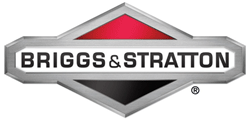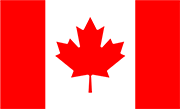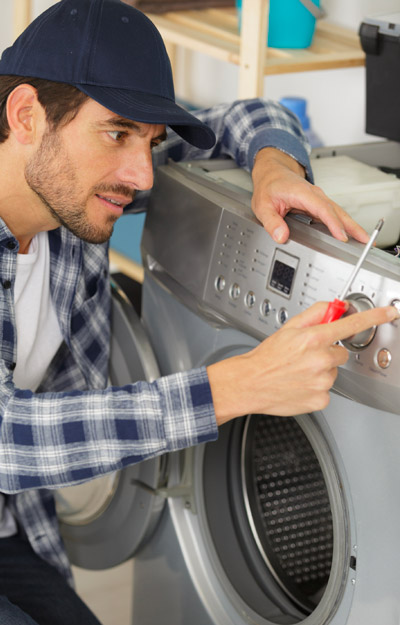Enter the code USA15 at checkout to apply your discount. Discount will be applied at checkout when the code is entered & applies to all parts. Cannot be combined with any other coupon or special offer & cannot be applied to a previously placed order. Not valid toward tax or shipping & handling. Discount has no cash value. Discount expires on July 1 at 11:59pm EST.
Appliance Parts
- Accessories
- Dishwasher
- Dryer
- Stove / Oven
- Microwave
- Refrigerator
- Washer
- See more... See less...
Lawn Equipment Parts
- Lawn Mower
- Chainsaw
- Blower
- Generator
- Air Compressor
- Lawn Tractor
- Pressure Washer
- See more... See less...
Hand Washing for Kids
Everyone has been sick at one point or another in their life, whether it was a cold, the flu or something more serious. Being sick is never a good thing, that is why people try so hard to avoid it. Eating healthy foods along with regular exercise can help a lot in preventing illnesses but hand washing is probably the single most important factor in avoiding illness. Almost 51% of cold and flu viruses can be killed by proper hand washing at least three times a day. It is very important for people to keep their hands clean, seeing as almost everything a person does is with their hands, making it very easy for bad germs and bacteria to get inside a person’s body. Germs can get inside a person any time their hands are dirty, but especially when they eat or rub their eyes with hands that are soiled. This can be especially harmful when handling raw meat or other foods that contain bacteria. Once the germs are inside a person, they can quickly spread to family, friends and even to strangers. Without hand washing, everyone would be passing the same germs back and forth. Even just one person washing their hands regularly can prevent a lot of germs that turn into illnesses.
The Importance of Hand Washing
Imagine all of the things a person touches on a daily basis. Everyone most likely touches a toilet, table or doorknob at least once a day. Now just think of all the other things a person may touch. This can include anything from pets to runny noses. Every object, animal or person has germs. Some of these germs are not harmful to humans but many others are. Even food, such as raw chicken, has bacteria in it called Salmonella that can be dangerous if it gets inside a person’s body. Salmonella and other bacteria found in raw food is killed when it is cooked properly, however touching raw food and then touching other objects can spread the bacteria to other people even if they did not touch the raw food themselves.
Every single germ that a person comes into contact with stays on the surface of their skin and is then transferred to every object that the person touches. This means that if a person were to touch a dirty pet, or raw chicken and then touch a doorknob, anyone who touches the same doorknob would have the very same germs on their hands. The same thing goes for people that do not wash their hands after using the toilet. When bad germs are on a person’s hands, it is very easy for them to get inside a person’s body and make them sick. Because the germs spread so easily, a whole classroom full of people could get sick from touching the same doorknob that a person with sick germs did. Just one person washing their hands could prevent a whole group of people from getting sick.
- Why is Hand Washing so Important
- Hand Washing
- Hand Washing: Cold and Flu Prevention
- Red Cross: Flu Prevention for Kids
- Why Wash Your Hands?
Hand Washing Instructions
Hand washing is only effective at killing germs if it is done properly. One should wash their hands at least three times a day for twenty seconds each time. It is especially important to wash hands after handling pets, before and after preparing food, before eating and after using the toilet. A good rule of thumb, other than before or after the previously mentioned activities, is to wash your hands whenever they feel gross or sticky or if they look dirty. Soap and water is the most effective way to clean hands, yet there are alternative solutions when water and soap are not available. Hand sanitizers are effective at eliminating the majority of germs as are alcohol based wipes. These methods are better than nothing, yet it is best to wash in soap and water as soon as possible- even if hand sanitizers or wipes have been used previously. Following these steps each and every time will ensure that hands are properly cleaned and free of germs:
Turn on water.
The water should not be too hot or too cold. Somewhere in the middle, around the temperature you would be comfortable bathing in is best for hand washing.
Wet hands.
Hands should be wet up to the wrists, in-between fingers, underneath fingernails and on both sides of the hand.
Apply soap.
There are huge varieties in hand soaps. Soap choice is mostly a personal choice depending on what the soap user likes. There are brands aimed at small children and some that are aimed towards adults. Colorful, foaming soaps can make the experience more fun. There is no evidence that any form of soap, whether bar, liquid, gentle or antibacterial is more effective than the other
Scrub hands.
Scrubbing should last for twenty seconds, covering the wrists, fingers, between each finger, underneath fingernails and the palms and topsides of the hands. A good way to know if it has been twenty seconds is to begin singing the “ABC’s” from “A” all the way to “Z” while scrubbing. At the end, it will have been twenty seconds.
Rinse hands.
After twenty seconds, the soap must be rinsed off each area of the hands. It should take around five seconds of rinsing to completely remove the soap from the hands.
Dry hands with a clean towel.
A paper towel or air dryer works just as well as a cloth towel.
Turn off water.
Anytime it is possible, use the paper towel or clean towel to touch the knobs of the sink while turning off the water. The knobs of a sink often carry germs because the hands are still dirty when the water is first turned on.
Each of these steps will ensure that hands are properly clean and germ-free.
- The Dirt On Clean Hands
- Hand Washing: Do's and Don'ts
- Wash Your Hands
- Hand Sanitizers
- Hand Washing Procedure
- Teaching Young Children Hand washing
- 10 Quick & Quiet Steps to Hand Washing Success
- Teaching Hand Washing
Hand Washing Laws
People that work in the food industry are required by law to wash their hands before and after handling food, after sneezing or coughing, after using the bathroom, cleaning, drinking and even answering the phone. They are also required to wear gloves and switch these gloves several times throughout their work day. These regulations are in place to prevent the spread of infection and bacteria to the public. If they were not in place, the people handling your food could use the bathroom and then touch your food or handle raw chicken and then touch your salad. This would cause a large outbreak of Salmonella and many other infections and illnesses. Many of these could be very dangerous to people and they would spread quickly due to the large amount of people food service workers encounter.
People working in the health field are also required to wash their hands, including doctors and nurses. This is for a lot of the same reasons as the food workers. Doctors and nurses touch a lot of very ill people throughout the course of a day and if they did not wash their hands, they would pass the germs to everyone they touched. There can be major consequences for food and health workers that do not follow these regulations. They could potentially lose their jobs, businesses or even worse, create an outbreak of a serious disease.
- Hand Washing & Glove Use for Food Workers Q and A
- Hand Contact & Food Safety
- Hand Washing Procedure Poster
Kinds of Bacteria
The spread of bacterial infections is often due to a lack of hand washing. These forms of bacteria can range from minor illnesses such as the cold and flu viruses to major infections such as Salmonella, Ecoli, Campy Lobacter and Shigella. These bacterial infections are spread through skin-to-skin contact, through the air and through food. Most of these bacterial infections can be avoided and prevented all together with regular hand washing.
Educational Material
The best way to encourage hand washing is through an educational yet fun approach. There are many games, stories and other activities that teach the importance of hand washing for children as young as pre-school ages.
- Hand Washing Song
- Henry The Hand
- School Hand Washing Programs
- It's Fun to Scrub
- School-Wide Handwashing Campaigns Cut Germs and Absenteeism
- Hand Washing Experiments
- Hand Washing Games & Activities
- Wash Those Hands!
- Hand Hygiene
- Search your model number to find:
- Genuine OEM parts guaranteed to fit
- Free manuals and guides
- Repair instructions and videos



































